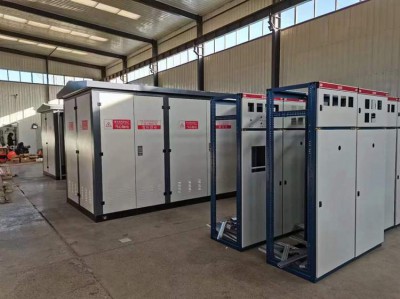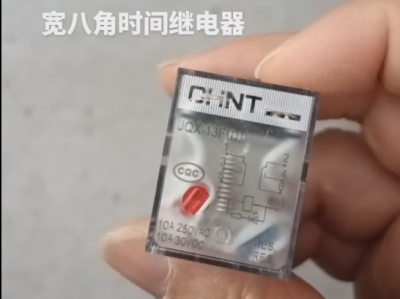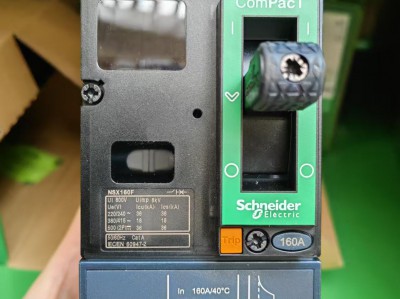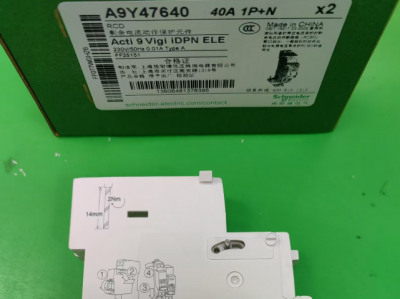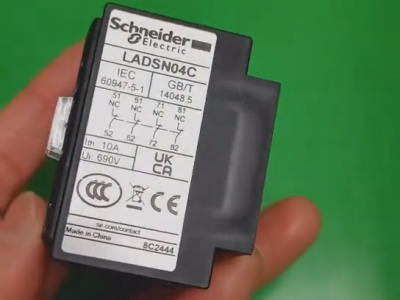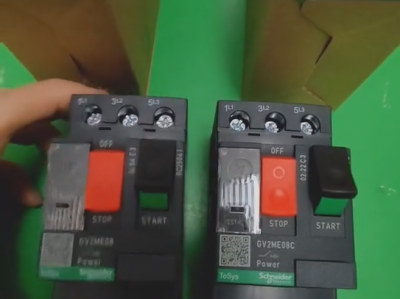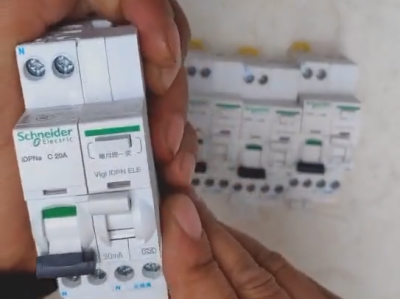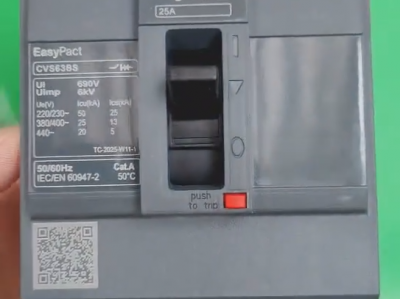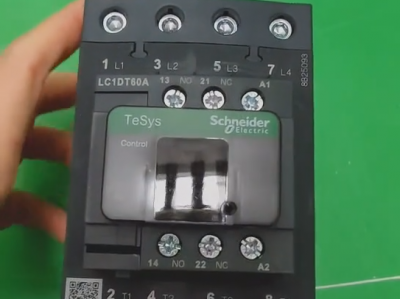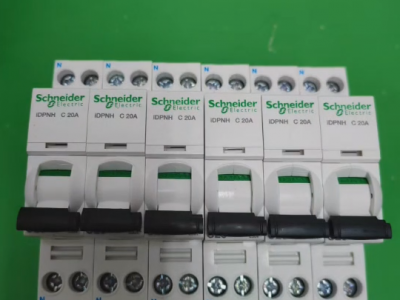Chint Miniature Circuit Breaker NXB-63 1P+N C32A
Product description
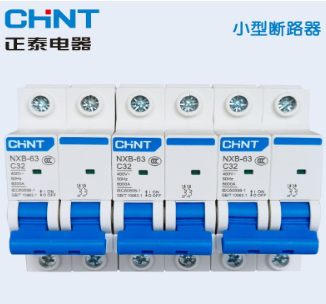 The **Chint NXB-63 1P+N C32A** is a high-performance miniature circuit breaker (MCB) designed for residential and light commercial applications. Here’s a detailed breakdown of its features, applications, and technical specifications:
The **Chint NXB-63 1P+N C32A** is a high-performance miniature circuit breaker (MCB) designed for residential and light commercial applications. Here’s a detailed breakdown of its features, applications, and technical specifications:
1. Core Technical Parameters**Chint NXR series thermal overload relays price*:
- **Rated Current (Iₙ)**: 32A
- Suitable for circuits with loads up to 7.36kW (230V) or 21.12kW (380V).
- **Pole Configuration**: 1P+N CHINT circuit breaker price*:
- Controls the phase conductor (L) and neutral (N), with the neutral contact typically non-interrupting (only disconnects during fault conditions).
- **Voltage Rating**: CHINT surge protector price*:
- **Main Circuit**: 230V~ (1P+N) / 400V~ (3P+N) .
- **Frequency**: 50/60Hz.
- **Short-Circuit Breaking Capacity**: 6kA .
- **Thermal-Magnetic Tripping Characteristics**: Schneider Circuit Breakers
- **Type C Curve** (5-10×Iₙ): Ideal for resistive loads (e.g., lighting, heaters) and general-purpose applications.
- **Type D Curve** (10-14×Iₙ): Available for inductive loads (e.g., motors) .
- **Certifications**:
- It has passed certifications such as CCC, CE, and TÜV, and complies with the standards of GB/T 10963.1 and IEC 60898-1.
- Suitable for the Middle East market, and SASO certification documents can be provided (contact the distributor for confirmation).
2. Design and Construction**
- **Materials**:
- The casing is made of high-temperature resistant and flame-retardant nylon (PA66), which has strong impact resistance.
- The contacts are made of silver alloy, with excellent electrical conductivity and strong anti-fusion welding ability.
- **Installation Method**:
- Installed on a 35mm standard rail (TH35-7.5/15), saving space in the distribution box.
- **Dimensions**:
- **1P+N Model**: The width is approximately 18mm (1 module), the height is approximately 85mm, and the depth is approximately 65mm.
- **Accessory Compatibility**:
- Optional auxiliary contacts (AX-X1), alarm contacts (AL-X1), shunt trip devices (SHT-X1), etc. can be equipped.
3. Key Features**
- **Overload Protection**:
- Thermal tripping by bimetallic strip, and the response time varies with the multiple of current overload (for example, it trips within ≤ 1 hour when it is 1.45×Iₙ).
- **Short-Circuit Protection**:
- Electromagnetic tripping mechanism, and the instantaneous operating current is 5-10×Iₙ (Type C) or 10-14×Iₙ (Type D).
- **Arc Extinguishing System**:
- Adopts a ceramic arc extinguishing chamber to quickly extinguish the arc and prevent the contacts from being ablated.
- **Environmental Adaptability**:
- Operating temperature range: -35°C to +70°C.
- Humidity ≤ 90% (at 20°C), altitude ≤ 2000m.
4. Applications**
- **Residential Power Distribution**:
- Protection for loads such as lighting circuits, sockets, electric water heaters, and air conditioners.
- **Commercial and Light Industry**:
- Power distribution systems for small offices, convenience stores, and warehouses.
- **New Energy Field**:
- Protection for the DC side of photovoltaic inverters and energy storage systems (DC compatibility needs to be confirmed).
5. Selection and Usage Suggestions**
- **Current Selection**:
- Select according to 1.2-1.5 times the load current (for example, a 32A circuit breaker is suitable for a continuous load of 25-27A).
- **Number of Poles Selection**:
- **1P+N**: Used for single-phase circuits to save space.
- **2P**: Used in scenarios where both the phase conductor and the neutral wire need to be disconnected simultaneously (such as the main incoming line).
- **Tripping Curve Selection**:
- **Type C**: For lighting and resistive loads.
- **Type D**: For inductive loads such as motors and transformers.
- **Installation Precautions**:
- Apply a torque of 8-10N·m to the wiring terminals (use a torque wrench).
- Keep a spacing of 20mm between adjacent circuit breakers to ensure heat dissipation.
*6. Maintenance and Troubleshooting**
- **Regular Inspections**:
- Clean the dust in the arc extinguishing chamber every quarter and measure the contact resistance of the contacts (≤ 50mΩ).
- Calibrate the tripping characteristics every year (verify the operating time using a test bench).
- **Common Fault Handling**:
- **Contact Adhesion**: Check if the load is overloaded or replace the contact assembly.
- **False Operation**: Check for electromagnetic interference or add a surge suppressor.
7. Pricing and Availability**
- **Price Range**:
- The unit price of the 1P+N C32A model is approximately 15-30 RMB (discounts are available for bulk purchases).
- **Purchase Channels**:
- Authorized Distributor: Such as Hebei China Electric CO., LTD (in the Middle East region, WhatsApp: 86-13811255435) .
*8. Comparison with Competitors**
| Characteristics | NXB-63 1P+N C32A | Schneider C65N 1P+N C32A | ABB S201-C32 |
| Breaking Capacity | 6kA | 6kA | 6kA |
| Width | 18mm | 18mm | 18mm |
9. Compliance and Documentation**
- **Certification Documents**:
- CE, RoHS, SASO and other certification certificates can be provided (apply to the distributor).
- **Technical Manual**:
- It includes installation guidelines, tripping characteristic curves, dimension drawings, etc. (can be downloaded from Chint's official website).
**10. Warranty and Support**
- **Warranty Period**: 18 months (excluding man-made damage).
- **Technical Support**:
- Free on-site guidance can be applied for in case of bulk purchases (≥ 500 units).
- After-sales consultation: Contact the regional sales manager (Email: sales000888@gmail.com).
For custom requirements (e.g., DC voltage compatibility, IP55 enclosure), contact Chint’s technical team for tailored solutions. The following are the general steps for installing the Chint miniature circuit breaker NXB-63 1P+N C32A:
1. **Prepare Tools and Materials**: Prepare tools such as a screwdriver and wire stripper, as well as wires that match the specifications of the circuit breaker.
2. **Cut Off the Power Supply**: Before installing the circuit breaker, be sure to cut off the power supply at the installation location in advance to ensure safety during the installation process and avoid the risk of electric shock.
3. **Determine the Installation Location**: Select a dry, well-ventilated location that is easy to operate and maintain. Usually, it is installed in a distribution box or switch box. Ensure that the installation location can bear the weight of the circuit breaker, and there are no flammable, explosive or corrosive substances around.
4. **Install and Fix**: Fix the miniature circuit breaker to the installation plate of the distribution box or switch box with screws through its installation holes. Make sure the screws are tightened so that the circuit breaker is firmly installed and will not shake or loosen.
5. **Connect the Wires**:
- **Incoming Line Connection**: Strip off an appropriate length of the insulation of the live wire (usually red or brown) of the power incoming line, insert it into the 1P terminal of the circuit breaker, and tighten the screw with a screwdriver to ensure a firm connection. After stripping off the insulation of the neutral wire (usually blue) of the power incoming line, insert it into the N terminal of the circuit breaker and tighten the screw as well.
- **Outgoing Line Connection**: Connect the live wire and the neutral wire that need to be connected to the load to the outgoing terminals of the circuit breaker respectively. That is, connect the live wire of the load from the 1P outgoing terminal of the circuit breaker, and connect the neutral wire of the load from the N outgoing terminal. The connection method is the same as that of the incoming line connection. Pay attention to inserting the wire in place and tightening the screw to ensure a good electrical connection.
6. **Check the Wiring**: After the installation is completed, carefully check whether all the wiring is correct and firm, and whether there are any loose or poor contact situations. Ensure that the wires are not crushed by the screws or the insulation layer is not damaged.
7. **Restore the Power Supply**: After confirming that the installation is correct, close the main power switch to restore the power supply. At this time, you can check whether the circuit breaker is working properly and whether the circuit is energized by observing the status indicator light (if any) of the circuit breaker or using tools such as a tester.
If you encounter any problems during the installation process, it is recommended to refer to the product instruction manual or consult the professional technical personnel of Chint Electric. If you are not familiar with electrical installation, for the sake of safety, it is best to have it installed by a professional electrician.

